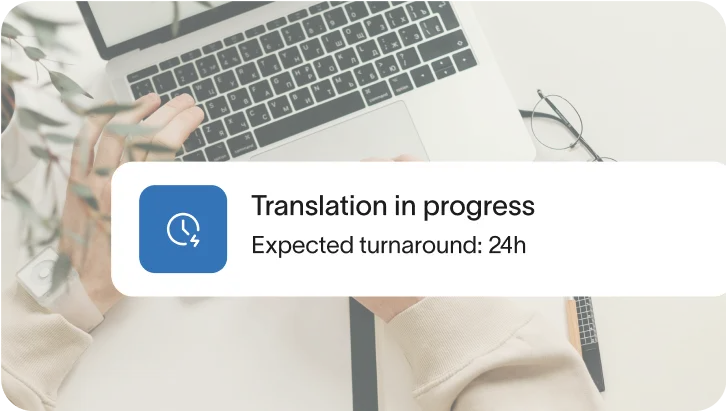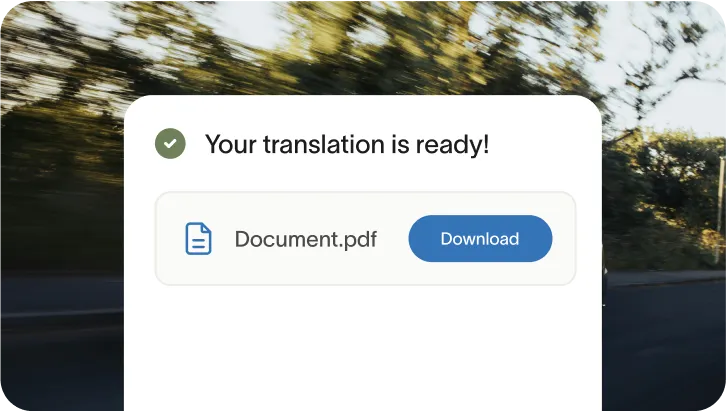Legal Proceeding translation services
Legal proceedings require certified translations of foreign-language documents for use in court. RushTranslate provides certified translations at $24.95 per page with 24-hour turnaround, unlimited revisions, a 100% acceptance guarantee, and optional expedited service for urgent cases.































